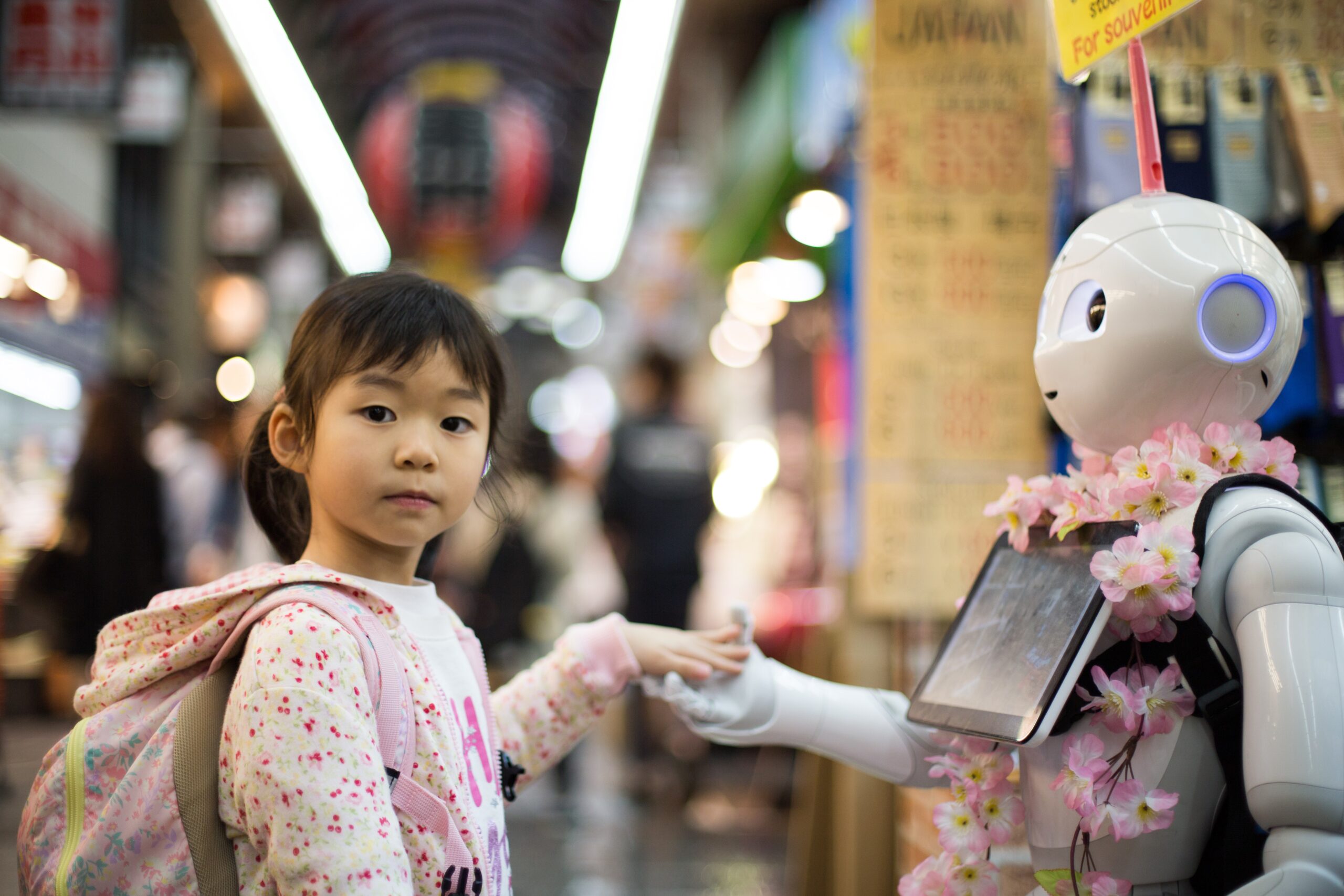Artificial intelligence (AI) is defined as the set of theories and techniques used to create machines, also called robots, able to simulate human intelligence. Commonly, it corresponds to a set of concepts and technologies rather than to an autonomous and constituted discipline.
Artificial intelligence is mainly adopted in decision support systems. But scrupulously, this discipline has already crept into our daily lives: our cars, our phones, our computers, our transport systems, and even our defense weapons. Indeed, no one, even a specialist can predict yet how fast it develops, what tasks it will apply tomorrow and most importantly, how much it will change our habits and ways of doing things.
There are even nowadays robots that, depending on your destination, calculate the optimal route to save you time, by informing you about the state of the road that you will take. Mobility is an area of choice for AI. Some facial recognition systems locate signs of fatigue on the driver’s face to warn him by advising him of immediate rest. Others take complete control of the vehicle, whether it is a private car or a semi-trailer. The famous autonomous car on which several car manufacturers (Toyota, Renault) and Internet giants (Uber, Google, Apple) work is a key example of the use of AI in this sector. This vehicle will be driven by an artificial intelligence that will manage the driving alone and will adapt to the most diverse situations (traffic, obstacle on the road, weather …). At the medical level, the applications are diverse and multiple. In the future, the doctor could rely on huge databases to refine and dissect the diagnosis of a patient.
For example, in some US hospitals, an IBM robot as a supercomputer called Watson, already suggests diagnoses and treatments in several cases related to cancer. In addition, chatbots track patients. Indeed, a conversation tool dialogue with patients throughout their cure cycle, and alert medical teams in case of abnormality. In the future, the invention of a robot autonomous doctor could be a solution to remedy the case of shadow areas. There are even other systems that play the role of virtual psychiatrists, triggering examining discussions with potential patients. The link within the cycle, patient-doctor, research, prevention, diagnosis, treatment will be revisited constantly by the AI.
In the context of home automation, voice assistants and their speakers, such as Amazon Echo or Google Home, are destined to become the brains of homes. Equipped with an artificial intelligence and a software of voice recognition, these “magic” boxes answer our most diverse questions, advise us on our musical choices, order our meals or a taxi, manage the heating or the lighting of the home. As for the Samsung Family Hub Refrigerator, it offers recipes, according to the ingredients it stores. This smart fridge knows how to adapt its recommendations to the nutritional profiles or the eating habits of the different members of the family. With the rise of the IoT, refrigerators will automatically start the oven or microwaves once the recipe is selected.
Artificial intelligence is a pillar of the development of each area, by providing performance and ergonomics through robots deployment, but its use must be controlled and well channeled. It must not interfere with the sense of creativity of the human being who must always wrap every AI experience with its expertise and virtues.

